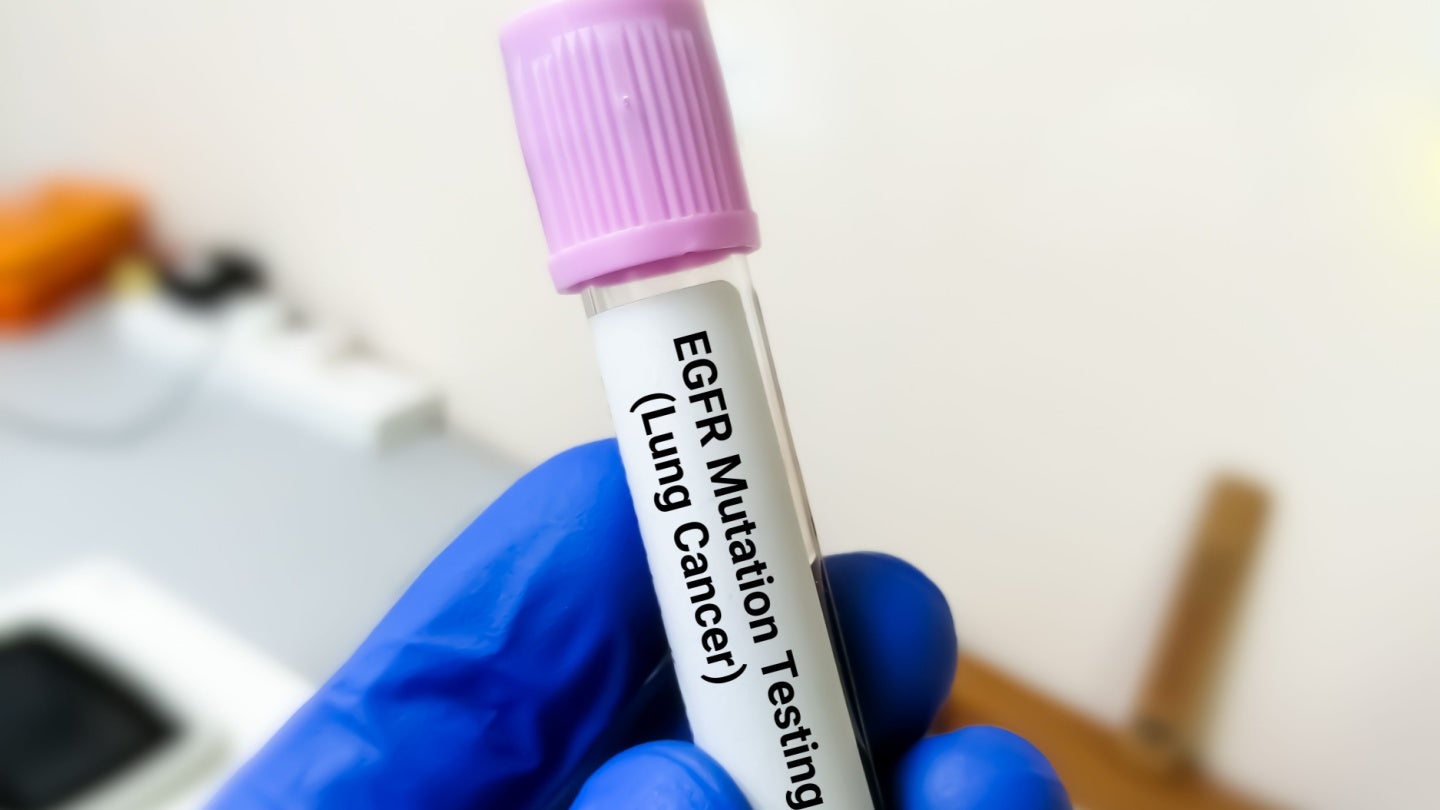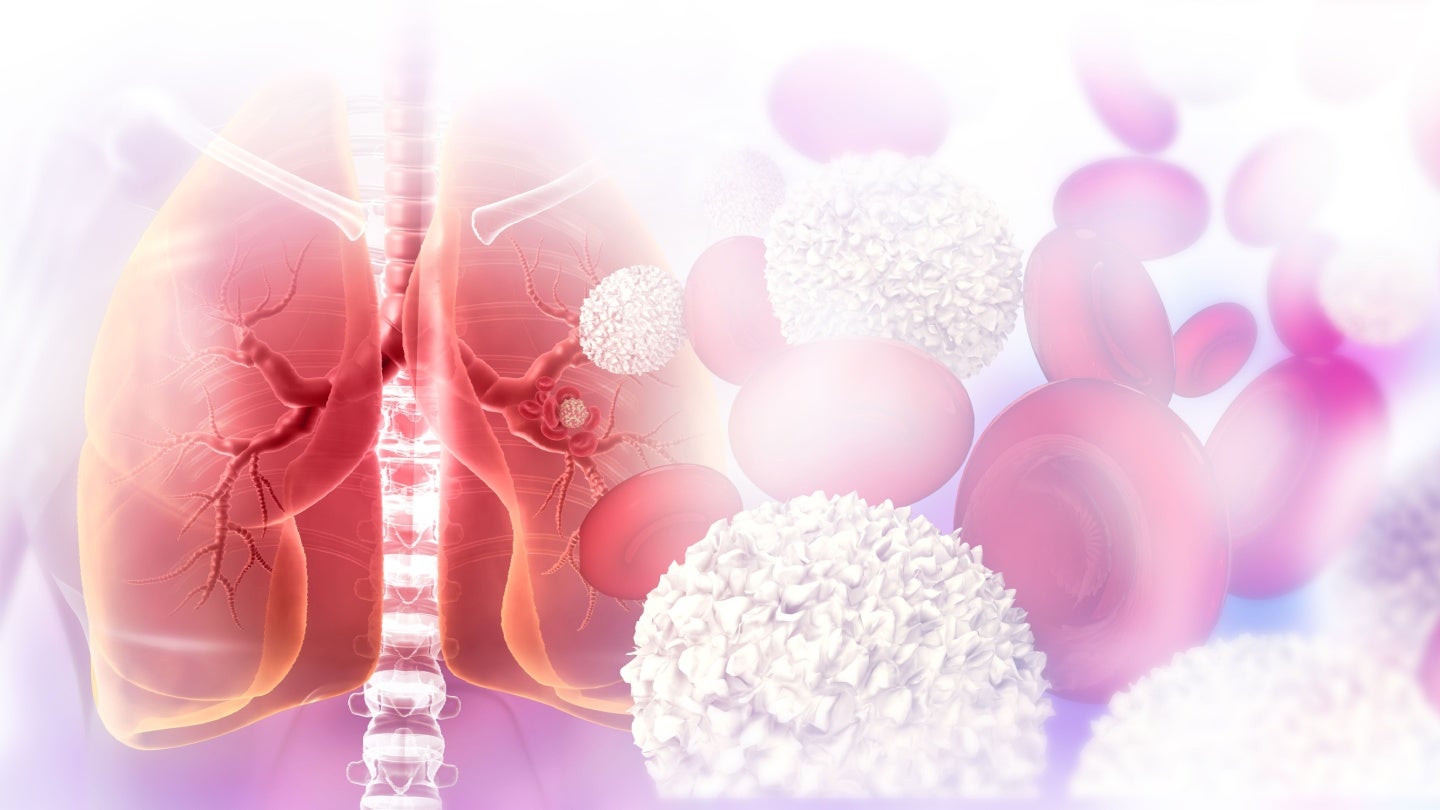hPSC-Derived Nitrergic Neurons Restore Gut Motility
Given the ENS’s limited regenerative capacity, cell transplantation offers a promising strategy to restore neuronal populations in severe enteric neuropathies. Human ENS xenografts also provide a powerful in vivo model to study neuronal circuitry and ENS interactions with the CNS, immune system and microbiome. Previous studies, including ours, have shown successful engraftment of hPSC-derived ENCCs […]


Given the ENS’s limited regenerative capacity, cell transplantation offers a promising strategy to restore neuronal populations in severe enteric neuropathies. Human ENS xenografts also provide a powerful in vivo model to study neuronal circuitry and ENS interactions with the CNS, immune system and microbiome. Previous studies, including ours, have shown successful engraftment of hPSC-derived ENCCs that rescue Hirschsprung disease phenotypes in mice17. However, the engraftment ability of fully differentiated hPSC-derived enteric neurons and their potential for treatment of more common adult-onset GI motility disorders have not been explored. It has been shown that the transplanted ex vivo-cultured mouse enteric neurospheres are able to rescue GI motility defects in Nos1−/− (B6.129S4-Nos1tm1Plh/J) mice33. However, these neurospheres are heterogeneous populations containing only a small percentage of NO neurons. In addition, obtaining sufficient numbers of neurospheres from human primary tissue poses a notable limitation for ultimate regenerative applications. Compared to transplanting ENCC precursors, transplanting mature neurons provides a post-mitotic source of cells with a lower potential clinical risk of tumour formation. To assess the transplantation potential of our enteric ganglioids in Nos1−/− mice, we injected PP121-treated and untreated enteric ganglioids into the wall of the distal colon in immunocompromised mice and isolated colonic tissue 8 weeks post-surgery for imaging and functional analysis (Fig. 4a). hPSC-derived transplanted cells were detected on the basis of the expression of the human cytoplasmic marker SC121 in the longitudinal muscle myenteric plexus preparations. Notably, we observed a remarkable number of SC121+ cells that had spread along the length of the transplanted colons (Fig. 4b, Extended Data Fig. 9a and Supplementary Videos 2–4). Although sham-operated tissues showed only background fluorescence (Fig. 4c), quantifying the SC121+ signal revealed that ganglioid-derived cells migrated in transplanted colons, with a higher frequency of SC121+ neurons observed closer to the site of transplantation (Fig. 4c). Quantification of the ratio of human NO neurons (NOS1+HuC/D+SC121+) to total human neurons (SC121+HuC/D+) revealed a higher percentage of NO neurons in colonic tissues transplanted with enriched NO ganglioids (treated with PP121 at day 15–20) compared to tissues transplanted with standard ganglioids (Fig. 4d,e). It is important to note that, although the proportion of NO neurons differed between the transplantation groups, both groups contained SC121+HuC/D− non-neuronal human cells as well as SC121+HuC/D+ human neurons that were negative for NOS1 (Extended Data Fig. 9b).
Fig. 4: Extensive engraftment of hESC-derived enteric ganglioids in adult mouse colon.
a, Schematic of transplantation of enteric ganglioids derived from hESCs into mouse distal colon. b, Engraftment of enteric ganglioid cells across the mouse colon (human cytoplasmic marker SC121 (red)). c, Schematic and quantification of SC121 signal in distal colon from sham and transplanted Nos1−/− mice; data reflect average signal from n = 5 regions of interest from each colon. a.u., arbitrary units. d, Immunofluorescence images showing neuronal marker (HuC/D), SC121 and NOS1 in distal colon tissues from sham and transplanted animals. Arrow heads point at transplanted NO neurons (SC121+NOS1+). Scale bar, 100 μm. e, NOS1+ neuron frequency in Nos1−/− colons transplanted with standard versus NO-enriched ganglioids. n = 4–5 mice, mean ± s.e.m. Non-parametric one-tailed unpaired t-test (Mann–Whitney test) was used for analysis, *P = 0.0159 Source data
Full size image
To investigate whether the engraftment of standard and enriched NO neuron ganglioids could restore nitrergic responses in the Nos1−/− tissues, we assessed total GI transit time in mice subjected to sham surgery or ganglioid transplants. Remarkably, although transplantation surgery was restricted to the distal region of the colon, a significant reduction in GI transit time was observed in Nos1−/− animals grafted with enriched NO ganglioids compared to sham-operated Nos1−/− animals (Fig. 4f). Additionally, there was an observable trend towards improvement in animals transplanted with standard ganglioids (Fig. 4f).
We prepared longitudinal strips of tunica muscularis near the transplantation site and used our previously described organ bath set-up33 to record baseline contractile responses, response to electrical field stimulation (EFS) and EFS-induced responses under non-adrenergic non-cholinergic (NANC) conditions to detect responses mediated by NO (Fig. 4g and Extended Data Fig. 10a). We observed an increased baseline contractility of transplanted tissue sections compared to sham-operated tissues (Fig. 4h). EFS induced a significant relaxation specifically in transplanted colonic tissue (Fig. 4i). Compared to the case for sham-operated, the improvement was more notable if the transplanted ganglioids were enriched in NO (Fig. 4j). The engraftment score (average SC121+ expression in distal colon) was correlated with the effect size of NANC-induced relaxation, suggesting that a higher degree of engraftment was associated with stronger relaxation (Fig. 4k).
.adsslot_sD0BZNXM9L{ width:728px !important; height:90px !important; }
@media (max-width:1199px) { .adsslot_sD0BZNXM9L{ width:468px !important; height:60px !important; } }
@media (max-width:767px) { .adsslot_sD0BZNXM9L{ width:320px !important; height:50px !important; } }
ADVERTISEMENT
In addition to the clinically important cell therapy application, the developed human enteric ganglioid xenograft system offers previously unachievable opportunities towards understanding development, physiology and pathophysiology of the human ENS in vivo.
Majd, H., Samuel, R.M., Cesiulis, A. et al. Engrafted nitrergic neurons derived from hPSCs improve gut dysmotility in mice.
Nature (2025).
bu içeriği en az 2000 kelime olacak şekilde ve alt başlıklar ve madde içermiyecek şekilde ünlü bir science magazine için İngilizce olarak yeniden yaz. Teknik açıklamalar içersin ve viral olacak şekilde İngilizce yaz. Haber dışında başka bir şey içermesin. Haber içerisinde en az 12 paragraf ve her bir paragrafta da en az 50 kelime olsun. Cevapta sadece haber olsun. Ayrıca haberi yazdıktan sonra içerikten yararlanarak aşağıdaki başlıkların bilgisi var ise haberin altında doldur. Eğer bilgi yoksa ilgili kısmı yazma.:
Subject of Research:
Article Title:
Article References:
Majd, H., Samuel, R.M., Cesiulis, A. et al. Engrafted nitrergic neurons derived from hPSCs improve gut dysmotility in mice.
Nature (2025). https://doi.org/10.1038/s41586-025-09208-3
Image Credits: AI Generated
DOI:
Keywords
Tags: adult-onset GI motility disordersenteric ganglioid transplantationenteric nervous system transplantationgut motility restorationHirschsprung disease treatmenthPSC-derived nitrergic neuronshuman enteric neuron engraftmentimmunocompromised mouse modelsneuronal circuitry modelingneurosphere culture limitationspost-mitotic neuron clinical safetyregenerative medicine for gut disorders
What's Your Reaction?


































